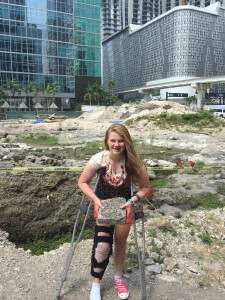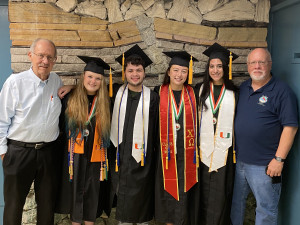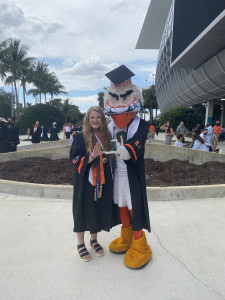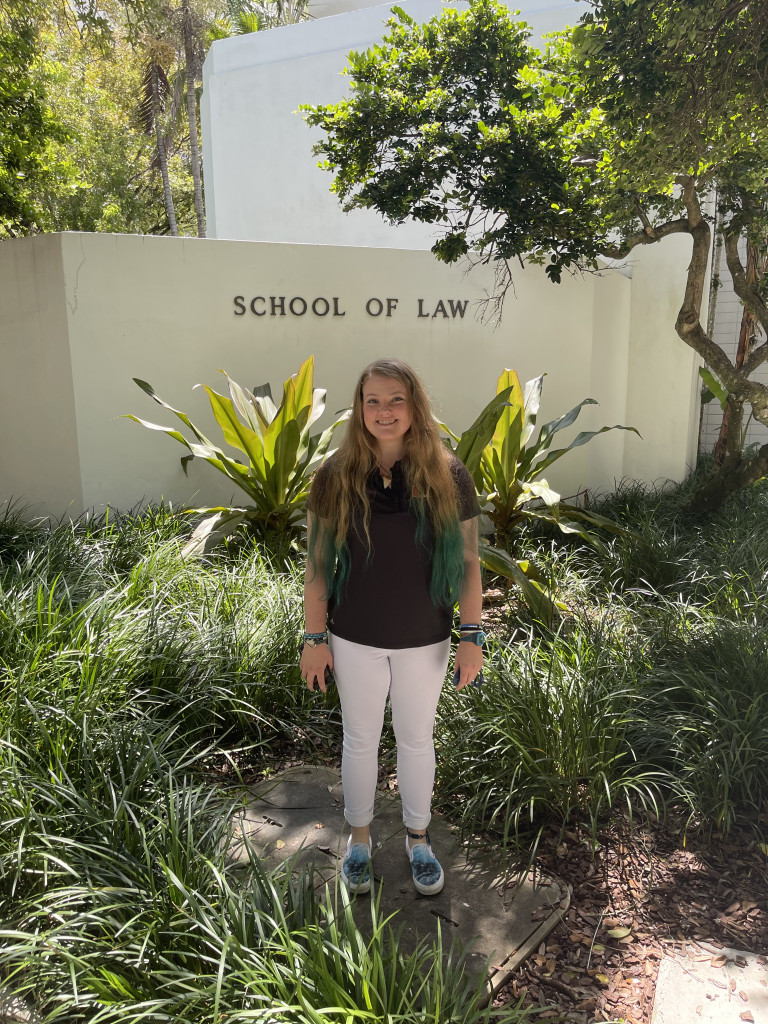Champlain Towers Tragedy
Words cannot express how sad I am over the tragedy that is taking place here in Surfside, a small oceanfront community on the Atlantic ocean a few miles north of Miami Beach. Late last week a section of the Champlain Towers’ condominium building collapsed in the middle of the night and as of today, 22 people are confirmed dead and another 126 remain unaccounted for as rescuers from all over the world work around the clock desperately searching for survivors. The residents, their families and friends, as well as the Surfside and greater South Florida community are in my thoughts and prayers as we hope for a miracle that allows more survivors to be found amidst the rubble.
And while the search for life desperately continues, the search for answers over how this could have happened has also begun. Those answers will, at the very least, be months if not years in the making. Questions will be asked of various architects, engineers, contractors, maintenance people, and others that might offer insight into the construction, repairs, and condition of the building. Association leaders and residents will also add their own observations, insight and concerns. One or more detailed forensic engineering audits will likely take place and experts from a range of entities including the Federal government will conduct investigations. Determining the cause or causes will take time and obtaining those answers will be critical not only to understand the cause(s) of this horrible tragedy, but to guide future construction projects as well as inspections and maintenance of the countless such buildings that cover much of Florida’s coast.
I am a scientist, not a builder nor an engineer. For those reasons I can’t offer any expert or near expert opinion on the construction or maintenance of the condominium building but the more I learn about the Champlain Towers collapse, the more I can’t get Henry Flagler’s Royal Floridian Hotel off of my mind. Back in 2015 I wrote a blog about my visit to the then construction site of the Monarc at Met 3 building that was being built on the site of Flagler’s grand hotel, the Royal Palm Hotel, at the intersection of today’s Biscayne Boulevard and the Miami River in Downtown Miami. Bob Carr, esteemed long time South Florida archeologist, had shared what he had found in the excavated the site during the early site preparation stages of the Met 3 construction and later that day I eagerly drove to that site to see the things he’d uncovered for myself.
That day in downtime Miami was my first real view of sea level rise, the magnitude of the problems we face in places like South Florida, and what I saw that day continues to haunt me.
You see, South Florida pioneer Henry Flagler, industrialist and founder of the Florida East Coast Railway to Key West and much of early South Florida’s development, had between 1896 and 1897 constructed one of America’s most magnificent hotels on the shores of Biscayne Bay. The palm trees, that today associate with South Florida but were not indigenous to our region, were brought by ship from the Bahamas and planted on the hotel property by the hundreds to build the tropical paradise of Flagler’s imagination. During my visit to the Met 3 construction site I could see some of the remaining root balls just where he’d had those trees planted, decades dead from the salt water that over the decades rose up through our porous limestone geology. Clearly those trees were not planted in salt water back in the 1890’s and just as clearly rising seas over the decades saturated and then killed them.
 |
 |
 |
And as alarming as the water surrounding those root balls were, the water that covered what I imagined were once majestic brick porches fully illustrated the depths of South Florida’s future, of our fate, in a world of rising sea levels. My mind’s eye pictured the guests who stayed at the hotel, that enjoyed the amazing views of the Bay and amenities and ambiance that has pulled at people’s hearts for generations since. Obviously the Royal Palm was not originally built sitting in salt water but what I was looking at some 120 years later that day was a building submerged in salt water by sea levels that had risen in the years since it was built.
And that’s why the Royal Palm has been on my mind since the horrific collapse of the Champlain Towers. I just can’t stop thinking that among the many possible reasons this tragedy has taken place, perhaps in combination with one another, that sea level rise could be one of those causes. And I am not alone.
Consider the exceptional work of Emmy Award winning reporter Jim DeFede of Miami’s CBS4 and the interview he conducted with the former Maintenance Manager of the Champlain Tower, Mr. William Espinosa. You can read Mr. DeFede’s article here (https://miami.cbslocal.com/2021/06/20/condo-collapse-former-maintenance-manager-william-espinosa-was-concerned-about-saltwater-intrusion/), but here’s what Mr. Espinosa had to say about what he saw with his own eyes and how he and his team would attempt to counter the sea water from the ‘ocean’ that frequently rose up through the building’s ‘foundation’ by using pumps;
“Any time that we had high tides away from the ordinary, any King Tide or anything like that, we would have a lot of saltwater come in through the bottom of the of the foundation. But it was so much water, all the time, that the pumps never could keep up with it.
The water would just basically sit there and then it would just seep downward. It would just go away after a while. And I would think, where does that water go? Because it had to go in through somewhere. I’m talking about a foot, sometimes two feet of water in the bottom of the parking lot, the whole parking lot.
It was all saltwater. It was coming from the ocean.”
William Espinosa
Former Maintenance Manager, Champlain Towers, Surfside
Like I said, I can’t yet say what caused this terrible collapse and tragedy. It’s simply too soon for anyone to say or know as experts search through the remains in hopes of finding survivors. But what I do know for certain is that our global sea levels are rising as a result of the carbon dioxide humans are pumping into our atmosphere and that this will increasingly lead to the loss of priceless environments all over earth, as well as much of the as-built community that is in its way unless we dramatically and quickly eliminate man’s use of fossil fuels.
And if you don’t believe me, then allow me to end this post with the recent thoughts of my long-time mentor, professor, and dear friend, the esteemed Dr. Hal Wanless from the University of Miami:
“It’s going to be an enormous to impossible job everywhere to deal with that. The sea level rise is accelerating and will do so more dramatically than most people anticipate. Every sandy barrier island, every low-lying coast, from Miami to Mumbai, will become inundated and difficult to maintain functional infrastructure. You can put valves in sewers and put in sea walls but the problem is the water will keep coming up through the limestone. You’re not going to stop this.”
Dr. Hal Wanless
Geological Sciences Professor, The University of Miami
Today is not the day to determine or decide what caused this tragedy. Today and for all the days ahead until every person who is missing is found, our priority must be those who have lost their lives, their loved ones, and our community’s pain over what’s happened in Surfside. The day will come to determine the cause and to consider what was happening in that building, to learn from it and take action but until then let us all keep Surfside in our hearts, minds, and prayers.






